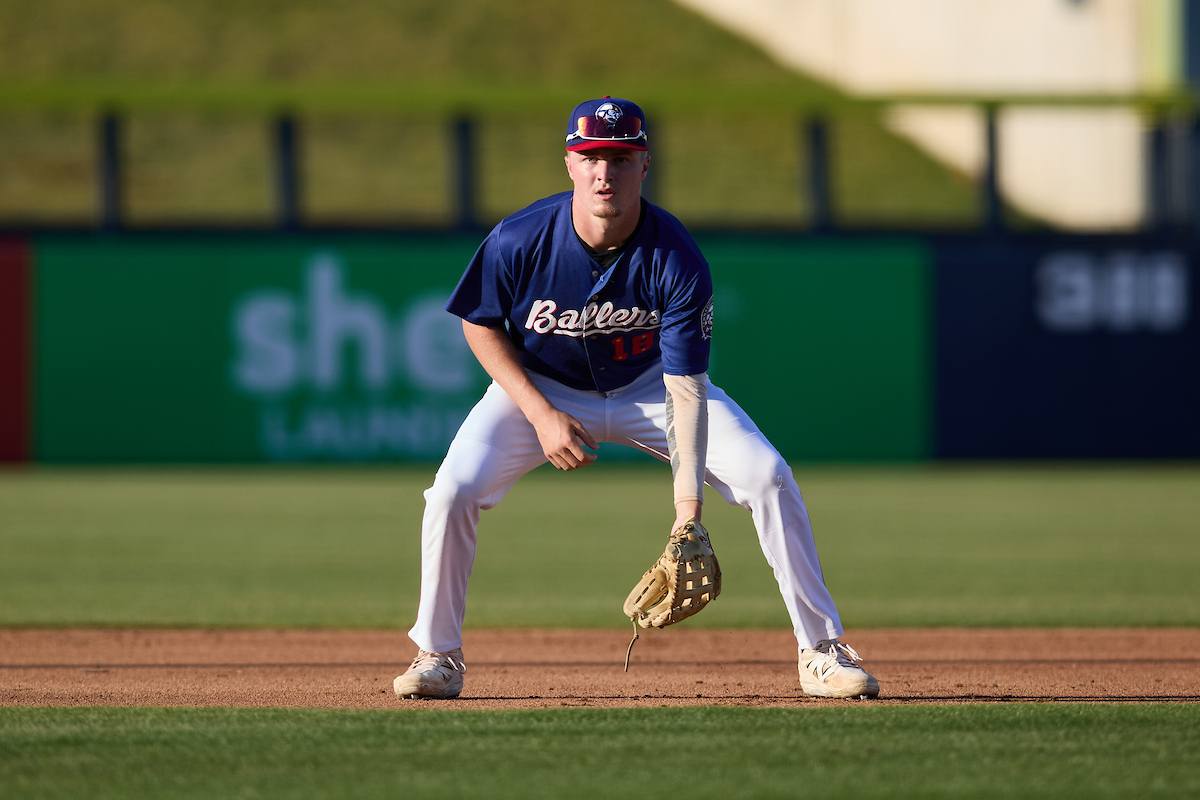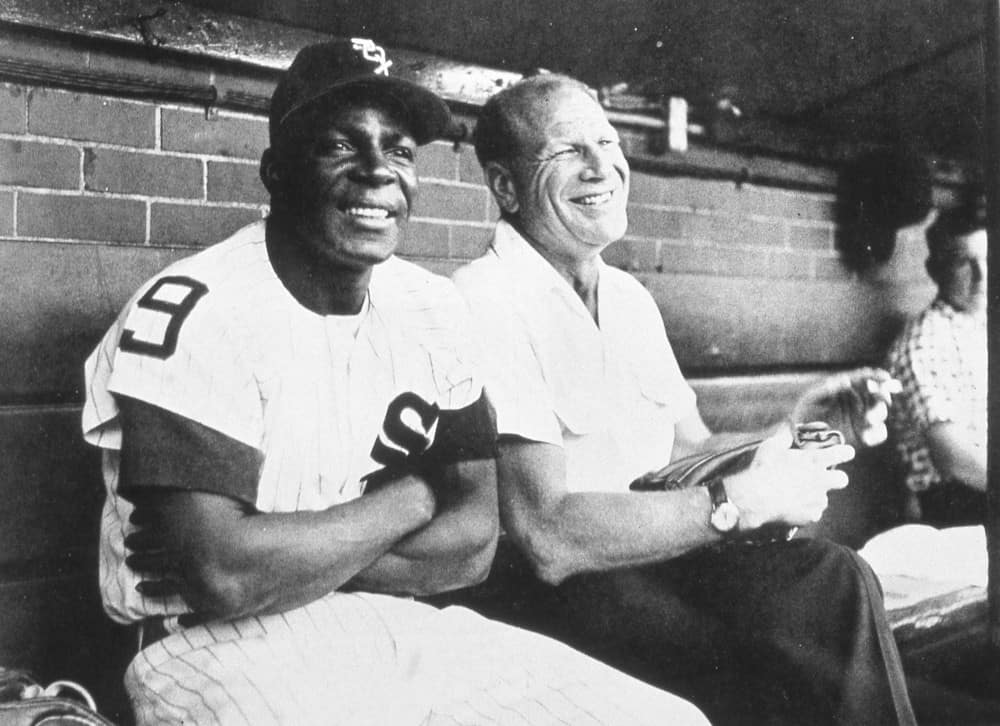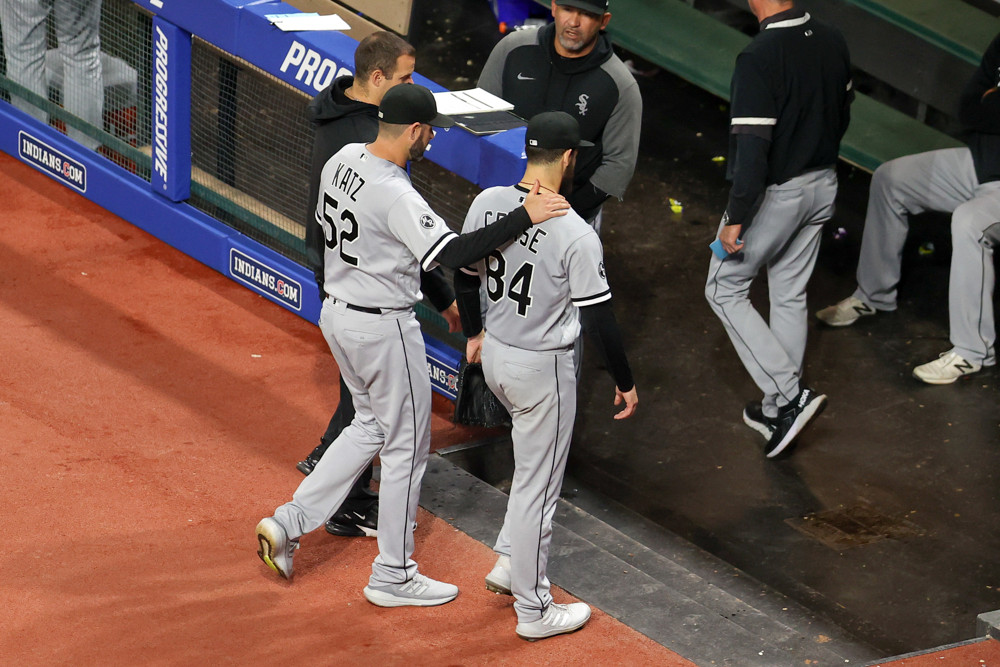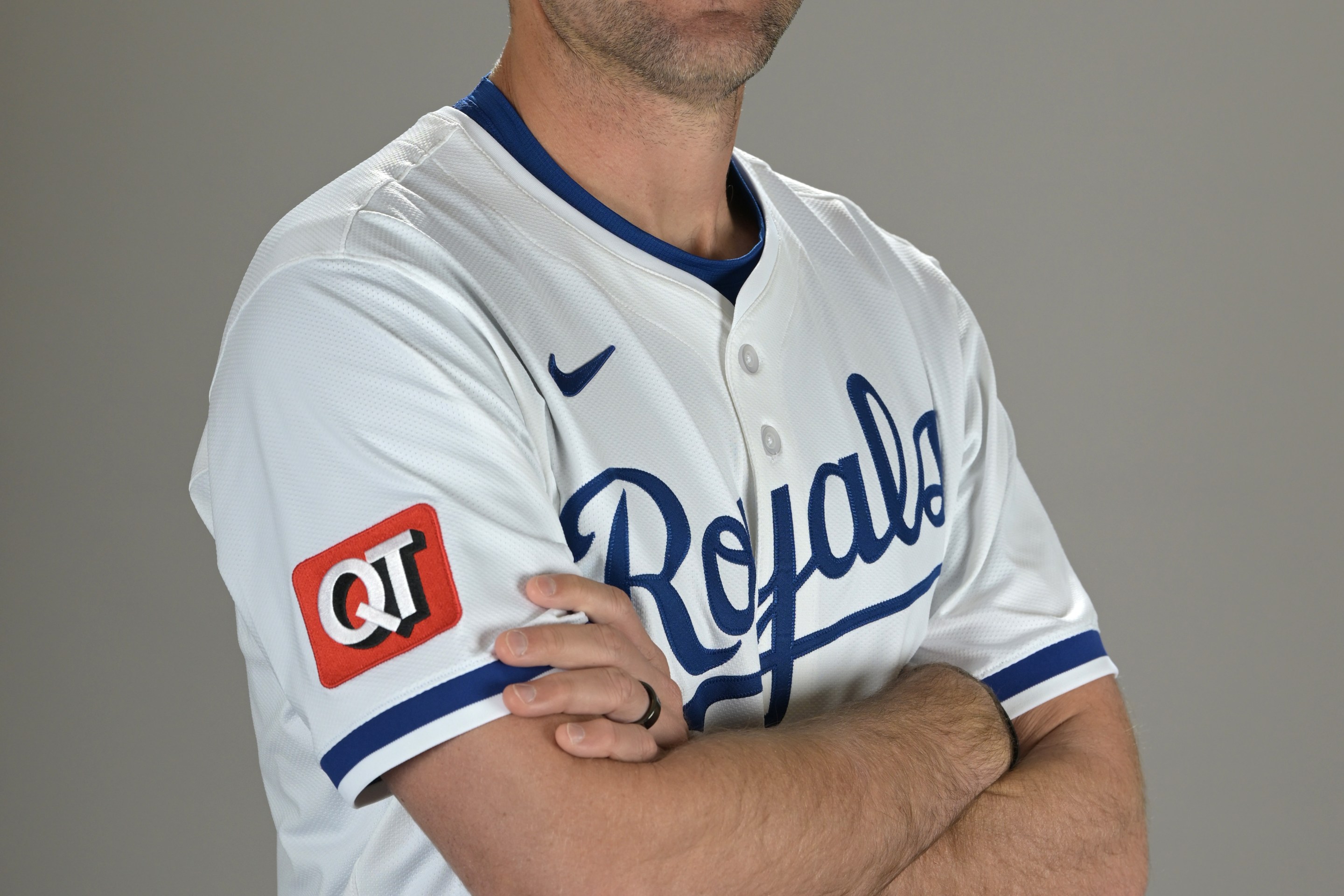Still just a 19-year-old in his first full professional season, it wouldn't be disappointing in a vacuum for White Sox prospect Caleb Bonemer to have spent the whole season in Low-A Kannapolis.
But the Michigan native doesn't live in a vacuum (there's no oxygen in there), and he has an idea of where he stands. When Cannon Ballers manager Chad Pinder called him into the office, Bonemer didn't imagine it was for more helpful advice on his positioning at third base, a still-new position that he's been playing predominantly since being promoted to High-A Winston-Salem.
"I kind of had a sense if I was playing pretty solid they would move me up," Bonemer said, giving a reserved assessment of his .281/.400/.458 line and 147 wRC+ in Kannapolis. "I'd say I started off pretty well, kind of struggled a little bit in the middle and I think I picked it up the last month or so. That middle part of the season, learning from that is it's a long season and you're going to have your ups and downs, but the biggest thing I've learned is sticking what I know works."
Two home runs on Sunday to round out his first week at High-A affirms Bonemer has some idea of what works, but his ire is addressed toward his month of June, which is responsible for any lack of slug in his production. He hit .192/.326/.231 over 25 games that month, propped up by his conviction that walks "are a big part of my game."
Other than a week-long absence for a hip issue this past month that he looks to have moved beyond, Bonemer is happy with how his body has held up through over 100 games and counting, which is an unprecedented workload for him despite his experience on the showcase circuit. Speaking of which, while the White Sox grew enamored enough with the precocious pull power Bonemer displayed at events like the Area Codes games and Perfect Game National to sign him for $3 million out of last summer's draft, the Michigan native faced two specific avenues of doubt from rival evaluators.
With Bonemer's frame already filled out, there was doubt about how long he could stick at shortstop. And since his time with the Dash has mostly seen Bonemer move to third base (five games out of six) to accommodate new third-round pick Kyle Lodise, those weren't the most unfounded concerns. But since Bonemer's bat is the main attraction here, it's been a struggle for scouts to fully reconcile that such a swing would carry his profile as eventually moved off short.
"He's a tighter mover," said director of hitting Ryan Fuller. "He's physical, really strong and simple out there. That's what I love about him. It's really good at-bats. He knows the strike zone. When he hits, there's a lot of authority behind it as well."
Most young hitters have swings awash in moving parts and bigger actions to load their hands, until added strength gives them more stability (see: Carlson, Billy, as well as Baldwin, Brooks). On the opposite end of the spectrum is Bonemer, who operates with such stillness that scouts start to deride it as stiff; indicative of an athlete who will lack the fluidity to alter, adjust or stop his swing mid-flight.
As is sort of the nature of the amateur baseball industrial complex these days, Bonemer had already heard such critiques before his days at Okemos High School were done.
"A lot of people say that they don't see me move my hands at all," Bonemer said.
Bonemer certainly didn't model his swing off Gary Sheffield growing up, and he'll probably never wiggle his hands pre-pitch as much as a typical big leaguer. But his offseason efforts to add fluidity to his hand load has produced some amusing anecdotes from rival scouts this year, where they've found the quietness of Bonemer's swing off-putting in person only to concede that a subsequent look at video reveals he's doing more than to generate momentum than they first realized.
But if you're going to clock the progress and increased rhythm in Bonemer's swing, he'd direct your eyes to what he's doing with his legs first.
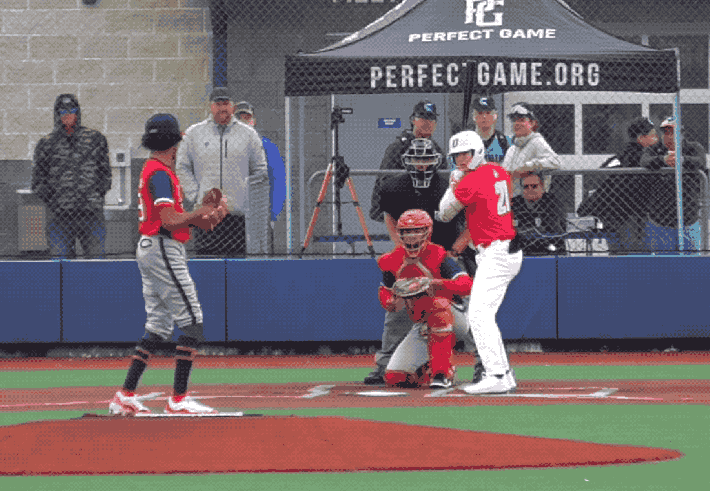

"Basically I try to almost take my back pocket toward the pitcher," Bonemer said. "I'm continuing to load that up and when it's time to go, release it, unload it. And with my hands, just set them and a really slight hand pump, nothing too crazy and make sure I get into those stocks, and when I have to go, I just go on the ball."
"He doesn't need to have a ton of rhythm, big movements for him to get his swing off," Fuller said. "It has been the timing of the separation, trying not to hold positions for too long, has been really encouraging. I think he'll tell you that it's been an evolution even though if you put two swings side by side, it may not look incredibly different. But he's making progress and he understands how his body moves really well."
Bonemer's recent tweaks to where he sets up his hands near his head have restored some of the vertical bat angle he had as an amateur. But he already felt his swing was too loft-oriented for parts of his prep career, so you'll hear him even talk about swinging down at the ball, because Bonemer thinks his emphasis on catching balls out in front of the plate and backspinning them will maintain his air/pull rates just fine.
"If I can get into my back hip the right way, it kind of controls my body and my forward move, and keeps my head still and my eyes still," Bonemer said. "It's easier to recognize pitches, and another part of it is the sequencing of the swing. If my body sequences the right way, then it's easier to shut down on offspeed pitches and things like that. At the end of the day, if I store up and load my body correctly, it will unload correctly and take care of itself."
There is an elevated miss rate against changeups to reconcile as Bonemer continues his upward trajectory, and his 21 percent strikeout rate is acceptable, rather than evidence of a plus major league hit tool, so the 12 home runs he's managed in 2021 needs to just be the start of his ability to drive the baseball. But compiling an overall .281/.400/.476 batting line in his transition from Michigan high school baseball and bridge league, not to mention the 28 stolen bases he's thrown in, has earned Bonemer some deserved recognition.
"We work out with each other in the offseason, we hang out all the time, and I mean, he's a great kid," said Colson Montgomery, who texted Bonemer congratulations when he was added to MLB Pipeline's top-100 prospect list. "I said, 'Congrats on getting named to the top 100.' He's like, 'Yeah, No. 100 or something.' I was like, dude, gotta start somewhere. I told him, 'Same thing happened to me.'"
Not every part of Montgomery's path is enviable, or something that every Sox infield prospect should hope to emulate. But in looking at his future teammate and sort of a mentor, who has taken a similarly scrutinized swing to create the sort of big league impact that Bonemer wants to produce himself, there are meaningful takeaways to be had.
"Obviously I want to be as good of a player as I possibly can be," Bonemer said. "But also one of the biggest things I've been learning is what people say about you and that stuff isn't the end-all, be-all. Going out there and playing everyday is the biggest thing. If you play well, people are going to talk about you."
